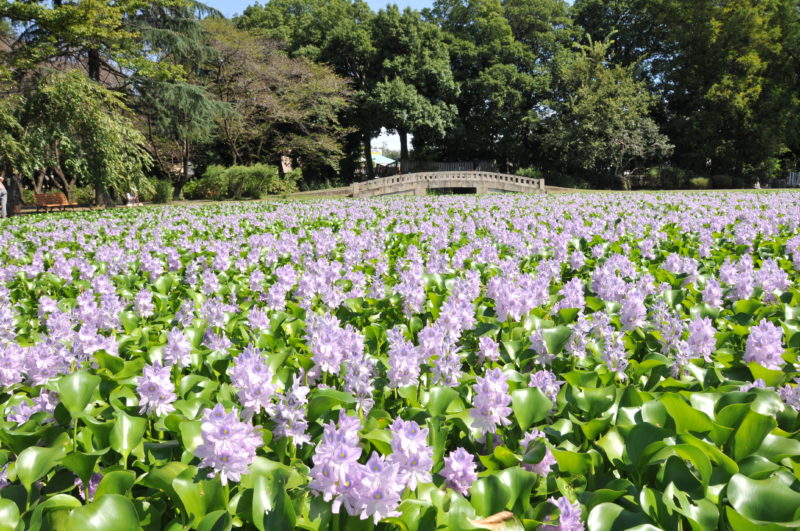Sakitama Shrine
sightseeing
Sakitama Shrine is an ancient shrine with a majestic and calm atmosphere which holds a history of a thousand and a few hundred years, and is the origin of Saitama Prefecture's name. The main building of the shrine has a height of 8.7 meters, a circumference of about 92 meters, and is built on top of a megalith tomb (kofun) called Sengenzuka, connected to the Saitama Kofun Group. The deity has two pillars: Sakitamahime-no-mikoto and Sakitamahiko-no-mikoto, gods that protect individuals and bring good fortune and success in matrimony. Recently, a popular limited edition go-shuin (seal stamp) with a motif of the 4 cats that reside in the shrine is available (every month on the 22nd including a few days before and after).
Basic Information
Location
Gyōda-shi Ooaza Sakitama 5450
TEL
048-559-0464
FAX
048-559-0515
Home page
How to get there
Public transport
・Get off at Gyōda Station of JR Taksaki Line. Then, get off at “Sakitama Kofun Kōen” of the Local Loop Bus’s course circling around tourist destinations (counterclockwise) and walk for about 8 minutes
・Get off at Gyōda-shi Station. Then, get off at “Saitama Kofun Kōen” of the Local Loop Bus’s course circling around tourist destinations (clockwise) and walk for about 8 minutes
・Get off at Gyōda-shi Station. Then, get off at “Saitama Kofun Kōen” of the Local Loop Bus’s course circling around tourist destinations (clockwise) and walk for about 8 minutes
Car
・About 30 minutes from "Hanyū" Interchange of Tohoku Expressway ・About 40 minutes from "Higashi Matsuyama" Interchange of Ken-etsu Expressway ・About 30 minutes from "Okegawa-Kitamoto" Interchange of Ken-o Expressway
Parking
・All free
・Available for Large Buses
・Available for Large Buses












